Intersection of Edges
UncategorizedEdges – Maine Island Summer Camp
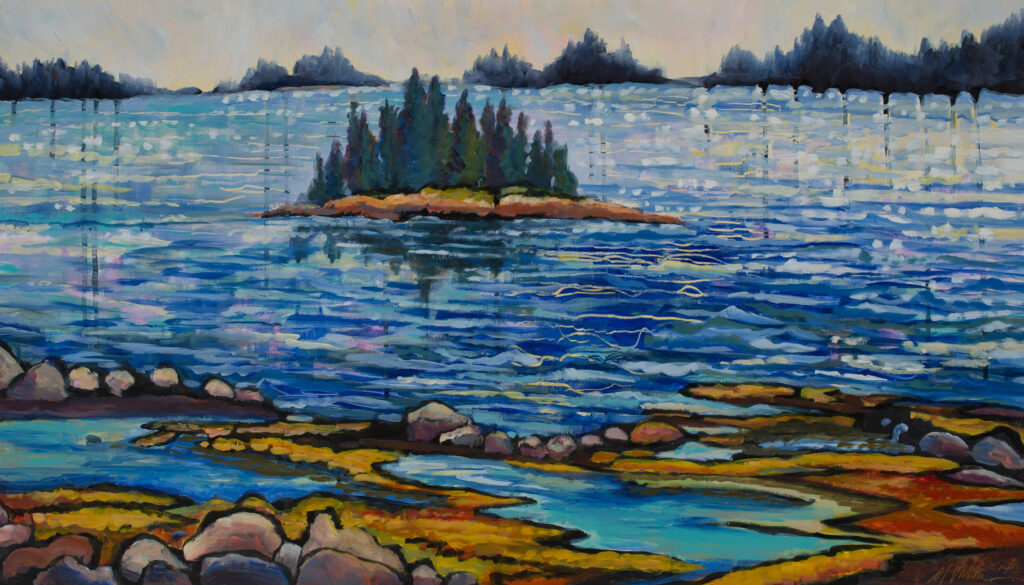
One summer, I took a long painting adventure on an Island off the Coast of Maine.
Isleboro Island is only reached by Ferry boat, which goes once a day across the sea, out into Penobscot Bay, to an island community with filled with fishermen, lobstermen, and their families.
It has a small general store, with a little hardware section, some groceries, a fishing and hunting section, and a little post office, all in one.
The ferry boat also carried the mail everyday, with the groceries for the store.
The fisherman’s family who ran the general store, ran a mechanic shop next door, and also ran the one place to stay on the whole island, a small boarding house next to the store. All the women painters stayed there, cooking, talking and laughing.
We would bring back our paintings in the evenings, lining them up on the front porch, along with wet gessoed canvases and freshly washed paint brushes.
It was like a Painters Maine Island Summer Camp.
The scenery was spectacular. Towering Maritime Spruce trees marched down to sea. The thick dark forest
Everywhere you turned there was a dramatic coastline. Cliffs, Rocks, Forest, Ocean, Islands, and Sunlight shining on little harbors filled with charming Lobster Boats.
Every day we painted at a different location.
Bump Into Each other?
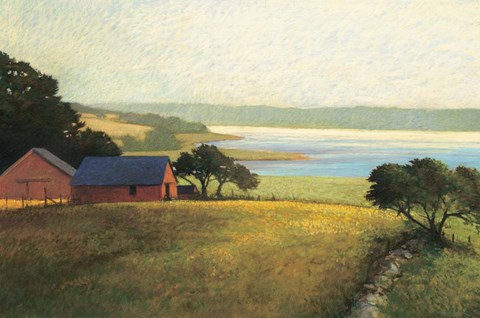
One day, we painted at a historic Saltwater farm, one of many on the island.
A Saltwater Farm is one whose fields reach down to the waterfront, and typically the waterfront is on a saltwater river or inlet, often with mudflats in front of it.
I chose to paint the Big Red Barn, with grass and flowers in front.
The painting started well, but soon looked too stiff, tight and flat.
I could not figure out what was wrong with the painting.
A friend had her easel set up nearby, painting purple coneflowers.
She took a break and walked over to see my progress.
“Loosen up your Edges” She proclaimed. “ You need to let the colors of the red barn bump into the blue shapes in your sky, and let them interact a little. “
Let them bump into each other.” She advised.
Edges Intersect
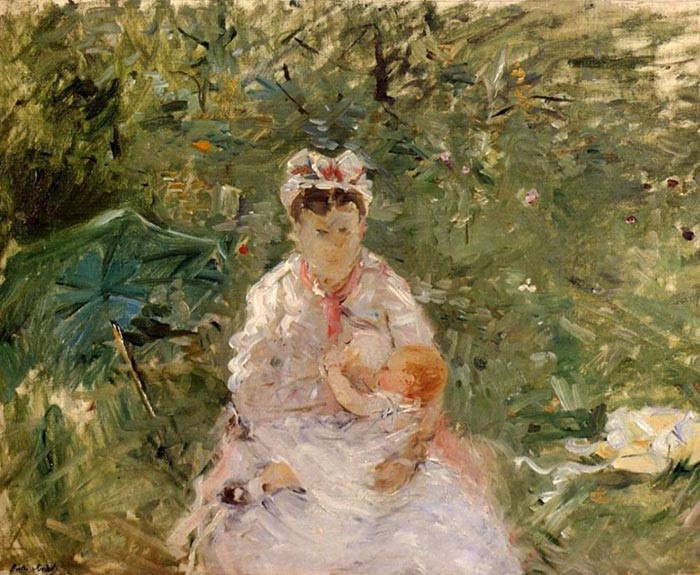
Edges are where shapes touch each other, and intersect.
Edges can be straight and tight, or they can be loose and fuzzy.
There is a spectrum.
What I learned on the Island was to be aware of how your shapes are touching.
Learn to see how the quality of the Edge of the shapes creates a certain effect.
Handle Your Edges
Once you learn about different choices you can make to create the edges of your shapes, you can consciously make choices to your advantage. Handle your Edges is a painters term for this.
It means to be deliberate.
Know what choices you are making and do them on purpose.
Lost Edges
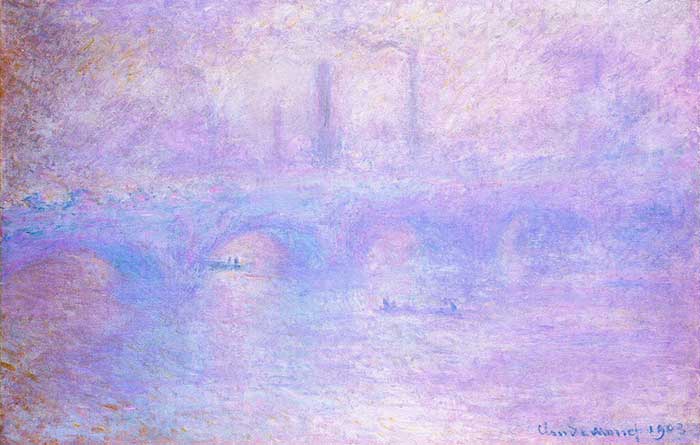
Edges are said to be “Lost” if they are so blurred out you cannot see where the edge is.
The shape fades into the next shape, and they become a part of each other.
This happens in the shadows.
Think of your dark bedroom at night.
You know there is a chair over there in the corner.
But since the room is so shadowy, the edges of the shape of the chair are “lost” and you can only make out a fuzzy shape in the semi-darkness.
Push and Pull

A skilled painter can enhance the depth of a painting, and create interest, by using soft edges in the distance.
This is called a Push, or pushing the shapes back in the field of vision.
The opposite of course is the Pull. This is done by using sharp edges.
The Human Eye
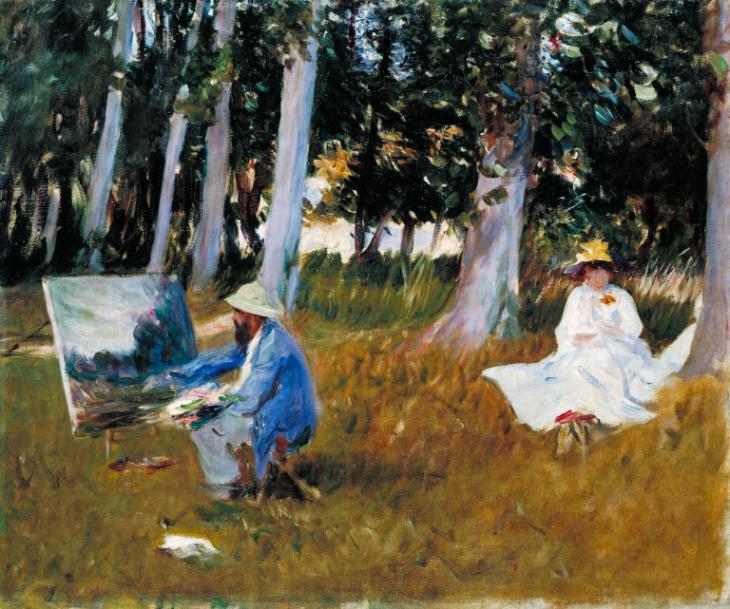
This is all due to the reality of nature and the Human Eye.
Painters did not just make up the push and pull of edges.
The Human Eye sees shapes up close as sharper.
We see shapes far away as fuzzier, this is natural and makes sense.
There are natural occurring particles in the Air around you, and this affects how the Human Eye sees distance.
There is more “atmosphere” between the Eye and the distant hills, so naturally, this makes the hills seems fuzzy, as you are looking at them through all the particles in the atmosphere.
Lose Your Edges

With wide open views on the island, to all the hills of the distant mainland, there was plenty of misty atmosphere.
To the East was Cadillac Mountain, the largest mountain on the Eastern Seaboard.
The full moon came up and rose above Cadillac Mountain.
To the West were the Camden Hills, and the ski area Camden Snowbowl, the only ski resort where you can see the Atlantic ocean and islands from the peak.
The Full Moon rising over the Bay, dotted with hundreds of little spruce covered islands, is a spectacular experience.
Edges allowed us to reproduce the depth and distance, and we really had to practice “Losing our Edges”, and pushing the hills as far in the distance as possible.
The Full Moon rising over the Bay, dotted with hundreds of little spruce covered islands, was a spectacular experience.
Edges let us paint the moon in the far distance, using soft edges, with
Lobster boats in the foreground, having sharper edges.
The Boat standing out the most, with the most light, had the sharpest edge.
Edges Have Rewards
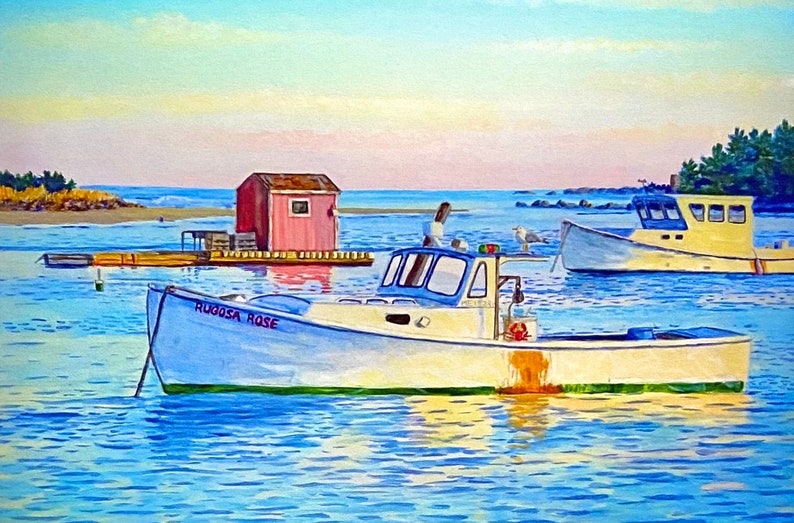
Our reward for all this practice of Edges?
Better Paintings by the end of the week – better shapes, believable light effects, and more Depth of Field.
Another Reward?
Fresh Atlantic Lobsters, given freely from Lobstermen, in exchange for painting their boats.
A Painters “ Maine Island Summer Camp” reward.
Comments are closed here.